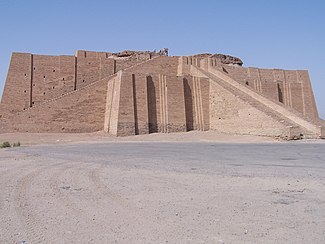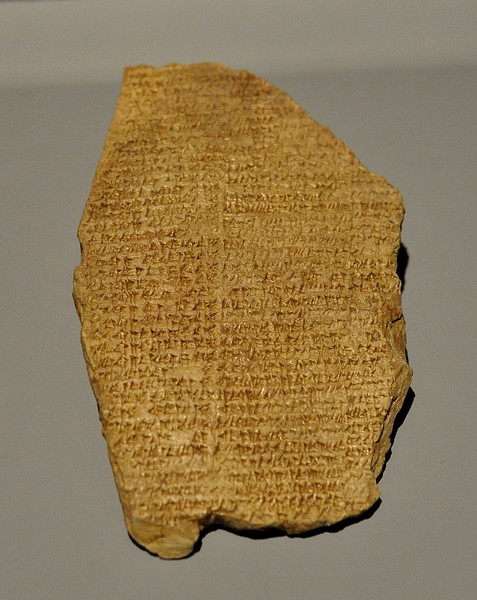Other Names: Bisu, Aha (fighter)
Meaning of Name:“Little Warrior.” The word Bes also appears to be connected to the Nubian word for “cat” (besa.)
Family: Bes’ wife was thought to be Taweret. Beginning during the late Middle Kingdom, he was paired with a female form, named Beset or Besit.
Titles: “Lord of Punt”
“Great Dwarf with a Large Head and Short Thighs”
“The Fighter”
Hieroglyphics:
 or
or 
Bes was a deity originally African in origin who was absorbed into the Egyptian pantheon. Bes frightened off bad spirits with his fearsome face, but was fiercely loyal to his family, and comforted them in times of sickness or childbirth. A popular household idol, the ancient Egyptians believed that Bes protected against snake and scorpion bites. He was called “The Fighter” because of his ferocity – Bes was thought to have been able to strangle lions, antelopes (thought to be agents of chaos), and cobras with his bare hands. Continue reading

 Enki and Enlil
Enki and Enlil

 ENUMA ELISH – THE EPIC OF CREATION
ENUMA ELISH – THE EPIC OF CREATION ENUMA ELISH – THE EPIC OF CREATION
ENUMA ELISH – THE EPIC OF CREATION
 Gilgamesh
Gilgamesh











Recent Comments